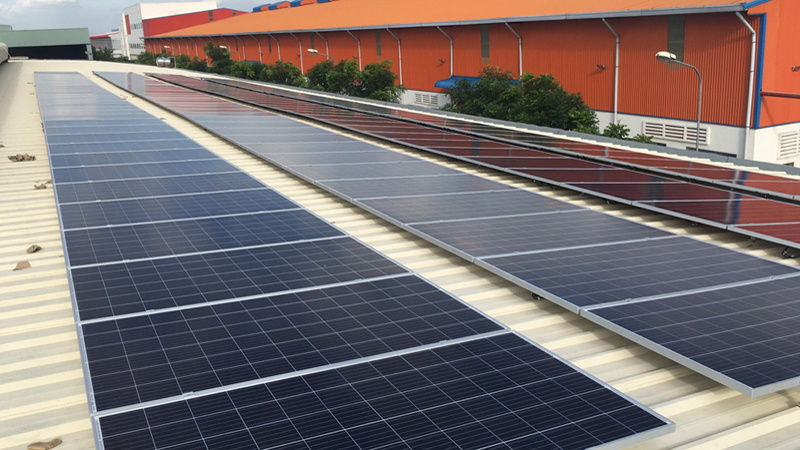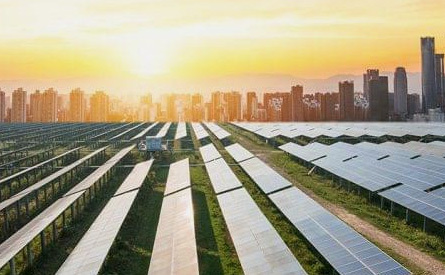Green,Innovation,Intelligent, Sharing
2022-06-13
What is Solar Photovoltaic Power Generation
The basic principle of solar photovoltaic power generation is to use the photovoltaic effect of solar cells to directly convert the radiant energy of the sun into electrical energy. The energy converter of solar photovoltaic power generation is solar cell, also called photovoltaic cell. A photovoltaic cell is actually a large-area silicon semiconductor device. The positive charge represents the silicon atom, and the negative charge represents the 4 electrons surrounding the silicon atom. When the impurity (element) of boron or phosphorus is incorporated into the semiconductor silicon crystal, because there are only 3 electrons around the boron atom, and the phosphorus atom around it is only 3 electrons. There are 5 electrons, so a crystal structure with holes and a crystal structure with excess electrons as shown in Figure 1-2 will be produced, forming a P-type or N-type semiconductor.
Since the P-type semiconductor contains more holes and the N-type semiconductor contains more electrons, when P-type and N-type semiconductors, a special thin layer will be formed in the interface area of the two semiconductors. The thin layer of P One side of the type is negatively charged, and when combined, one side of the type is positively charged, forming a PN junction.
When sunlight hits a photovoltaic cell, part of the light is reflected, part of the light is absorbed, and part of the light is transmitted through the cell. The absorbed light energy excites the electrons in the bound high-energy state to generate electron-hole pairs. Under the action of the built-in electric field of the PN junction, the electrons and holes move with each other, and the holes in the N region move to the P region. The electrons in the area move to the N area, so that a large number of negative charges (electrons) are accumulated on the light-receiving surface of the solar cell, and a large amount of positive charges (holes) are accumulated on the backlight side of the solar cell. If a load is connected to both ends of the battery, current will flow through the load. A monolithic solar cell is a thin semiconductor PN junction with a rated output voltage of 0.5~0.55V under standard lighting conditions. In order to obtain higher output voltage and larger power capacity, in practical applications, multiple solar cells are often connected together to form battery modules, or more battery modules are used to form photovoltaic arrays, as shown in Figure 1-5. Show. The output power of solar cells is random, and the output power of the same solar cell is also different at different times, different locations, different light intensities, and different installation methods.
Related News

Contact Information
 sales@esolarstar.com
sales@esolarstar.com
 0086-13929199660
0086-13929199660
 www.hengzhouenergy.com
www.hengzhouenergy.com
 No. 105, building 10, Hekou Wenta Road, southwest Street, Sanshui District, Foshan
No. 105, building 10, Hekou Wenta Road, southwest Street, Sanshui District, Foshan
Copyright © 2022 Guangdong Hengzhou Energy Technology Co., Ltd All Rights Reserved. Powered by:www.300.cn SEO

 Language
Language 







 sales@esolarstar.com
sales@esolarstar.com

 Whatsapp
Whatsapp
 Message
Message